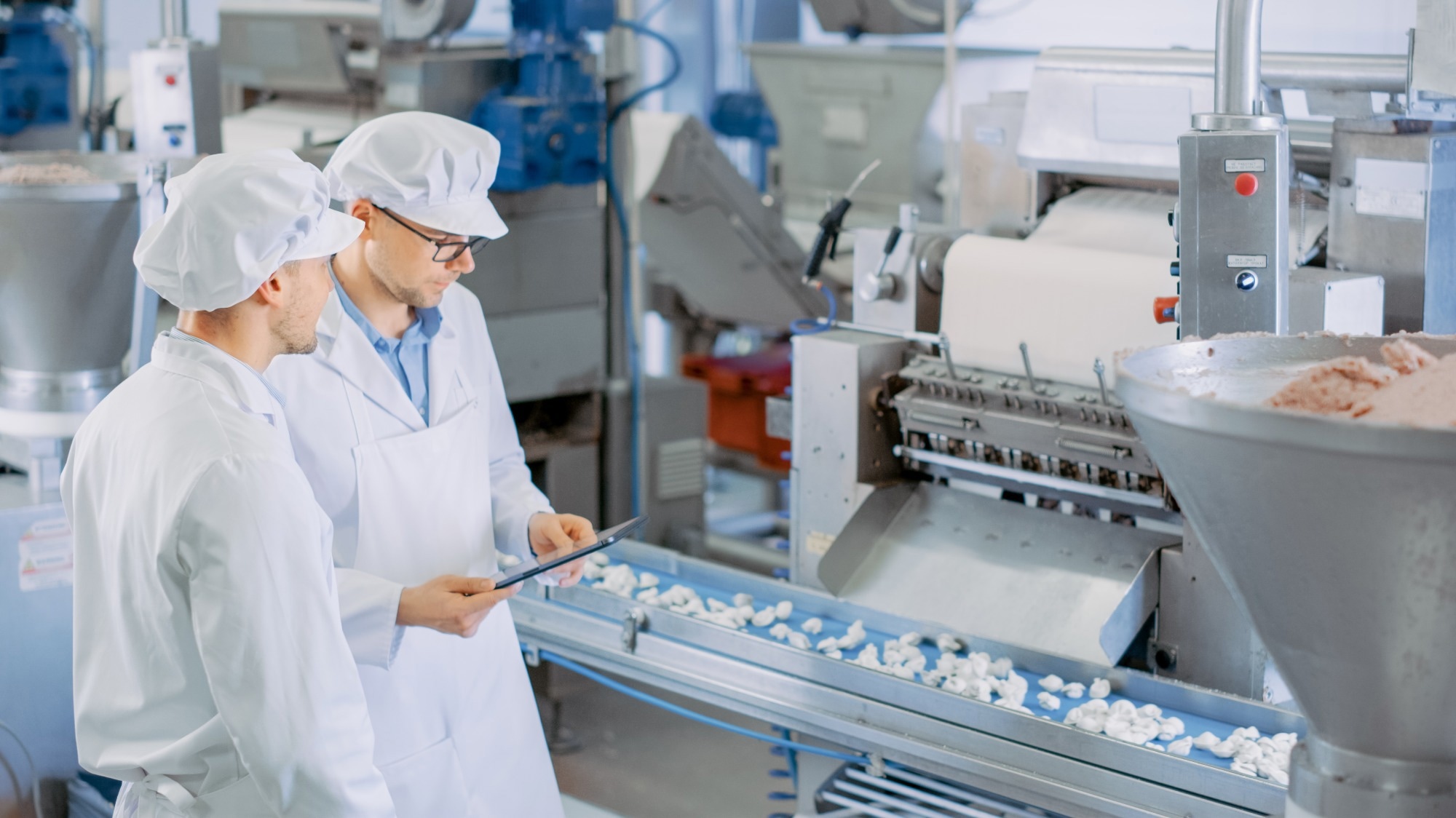Ensuring food is cleaned and sanitized properly in the food industry is no mean feat. Yet, it is a crucial step in the food production cycle as it helps preserve acceptable levels of food safety. Understanding and developing the right techniques to ensure that food is sanitized is key to reducing foodborne diseases.

Image Credit: Shutterstock.com/ Gorodenkoff
In a new study published by Penn State researchers in the Journal of Food Engineering, the team was able to demonstrate how a light-based food sanitization technique could make food safer to consume.
While improvements in technology are continuously made in the area of food sanitization, around 1 in 6 (48 million) people in the US alone suffer from illnesses associated with foodborne diseases. Furthermore, around 128,000 of this number are hospitalized, while around 3000 people die.
Any improvements to prevent illness or save lives would be the best outcome of this research.
Ali Demirci, Professor of Agricultural and Biological Engineering, Penn State
Pulsed Light Technology
Using pulsed light disinfection - a process that uses intense broad spectrum flashes of white light - the Penn State team targeted a range of common microbial food contaminates such as Salmonella Typhimurium, Listeria monocytogenes, Bacillus cereus, Aspergillus niger spores, E. coli as well a penicillium roqueforti spores.
Pulsed light technology is a promising, chemical-free technique that can improve food safety and serve as a better alternative to current antimicrobial techniques in the food production industry.
The researchers also believe that the same technique could be applied to other industries and environments such as hospitals, water treatment plants, and pharmaceutical processing facilities.
We want to reduce the number of foodborne disease fatalities to zero
Ali Demirci, Professor of Agricultural and Biological Engineering, Penn State
One of the key components that the researchers found during the study was that ultraviolet radiation played a major role throughout the process. Low-intensity ultra-violet (UV) light has been used throughout the food industry as an antimicrobial treatment since the 1960s. However, this method can only be used over prolonged periods of time at low intensities.
“This is a completely different system,” explained Ed Mills, associate professor of meat science at Penn State.
We are using pulsed light instead of continuous light, which takes advantage of the stored energy in a pulse, so we can deliver more power in less time.
Ed Mills, Associate Professor of Meat Science, Penn State
Food Conveyor Systems
Pulsed light, however, can be deployed in shorter intense bursts as food items are passed along a conveyor-based system, resulting in increased microbial reduction compared to low-intensity methods.
The analogy I use is a dam in a river. You open the floodgates and there is a flash of energy. That’s what we’re doing with light.
Ali Demirci, Professor of Agricultural and Biological Engineering, Penn State
This method demonstrates significant promise for the decontamination of food products and could also increase the shelf-life and overall safety of food products. Furthermore, when pulsed light attacks certain microbial agents, the pathogens remain inactive, demonstrating the feasibility of the method.
However, the researchers did establish that sensitivity differs from microbial species to species and is mostly attributed to the ultraviolet portion of the spectrum.
“When used in an appropriate setting, it can offset a chemical sanitizer or a water-based disinfectant. As with any novel technology, it will continue to develop and hopefully will provide us with an effective and efficient tool for sanitation in a range of environments and industries,” says Demicri.
As well as demonstrating the potential to improve food safety levels and resultingly benefit the consumers, this technology could also have a positive environmental impact as food production plants could become less reliant on chemical-based sanitizers.
References and Further Reading
Berard, A., (2022) Pulsed light technology effectively kills harmful pathogens in new study | Penn State University. [online] Psu.edu. Available at: https://www.psu.edu/news/research/story/pulsed-light-technology-effectively-kills-harmful-pathogens-new-study/
Cassar, J., Mills, E. and Demirci, A., (2022) Characterization of pulsed light for microbial inactivation. Journal of Food Engineering, [online] 334, p.111152. Available at: https://www.sciencedirect.com/science/article/abs/pii/S0260877422002060
Disclaimer: The views expressed here are those of the author expressed in their private capacity and do not necessarily represent the views of AZoM.com Limited T/A AZoNetwork the owner and operator of this website. This disclaimer forms part of the Terms and conditions of use of this website.